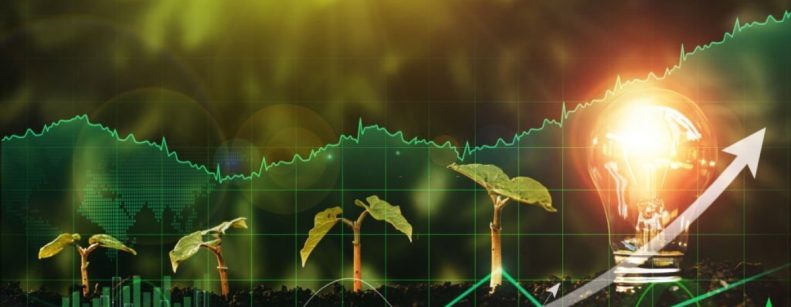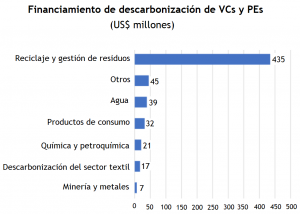
The issue is complex, especially because of the amounts involved.. Hundreds of billions of dollars in investments will be needed over the next 30 years.. The steel industry alone will require US$278 billion, according to estimates by BloombergNEF, a division focused on Bloomberg research and analysis.
Given the costs and associated risks these investments should be financed through venture capital (VC) rather than asset managers, says BloombergNEF.. But the formulas for doing so are not simple. One of the first points is that VCs want to see a real commitment from industries before financing any decarbonization project. decarbonization project.
While the needs of these industries to decarbonize represent great opportunities for investors-both in the amounts and multiples they can obtain, these are complex industries that will require VCs who understand them and know how to. Moreover, as these technologies will be developed by startups, VCs should promote their clustering and the incorporation of industry partners. In this way, notes BloombergNEF, VCs fund the development of the solutions and industries fund the plants..
However, the industries have ambitious plans to invest in decarbonization.. Citing ING's Daniel Shurey, BloombergNEF notes that in the chemicals sector alone there is US$50 billion budgeted for decarbonization. Dow, one of the giants in the sector, plans to invest US$1 billion a year to reach its 2030 targets ..
Investments in decarbonization, they point out, cannot be focused on a single project or asset, must have an integral focus on the entire company..
In addition, as the risk associated with pilot plants or incipient technologies is not adapted to the profile of institutional investors, they can enter once the technologies have matured and reduced their risk, institutional investors can become involved once the technologies have matured and reduced their risk.. A trend among decarbonizing companies is to convert their "clean" units to "clean" plants. clean" units into separate companies in which institutional green funds can invest.
Under this scenario, over the next decade the financing of technologies for the decarbonization of high-investment industries will have to be provided by VCs and governments. This is just beginning, if we look at the fate of VCs' green investments. But there are interesting rewards at the end of the road.
